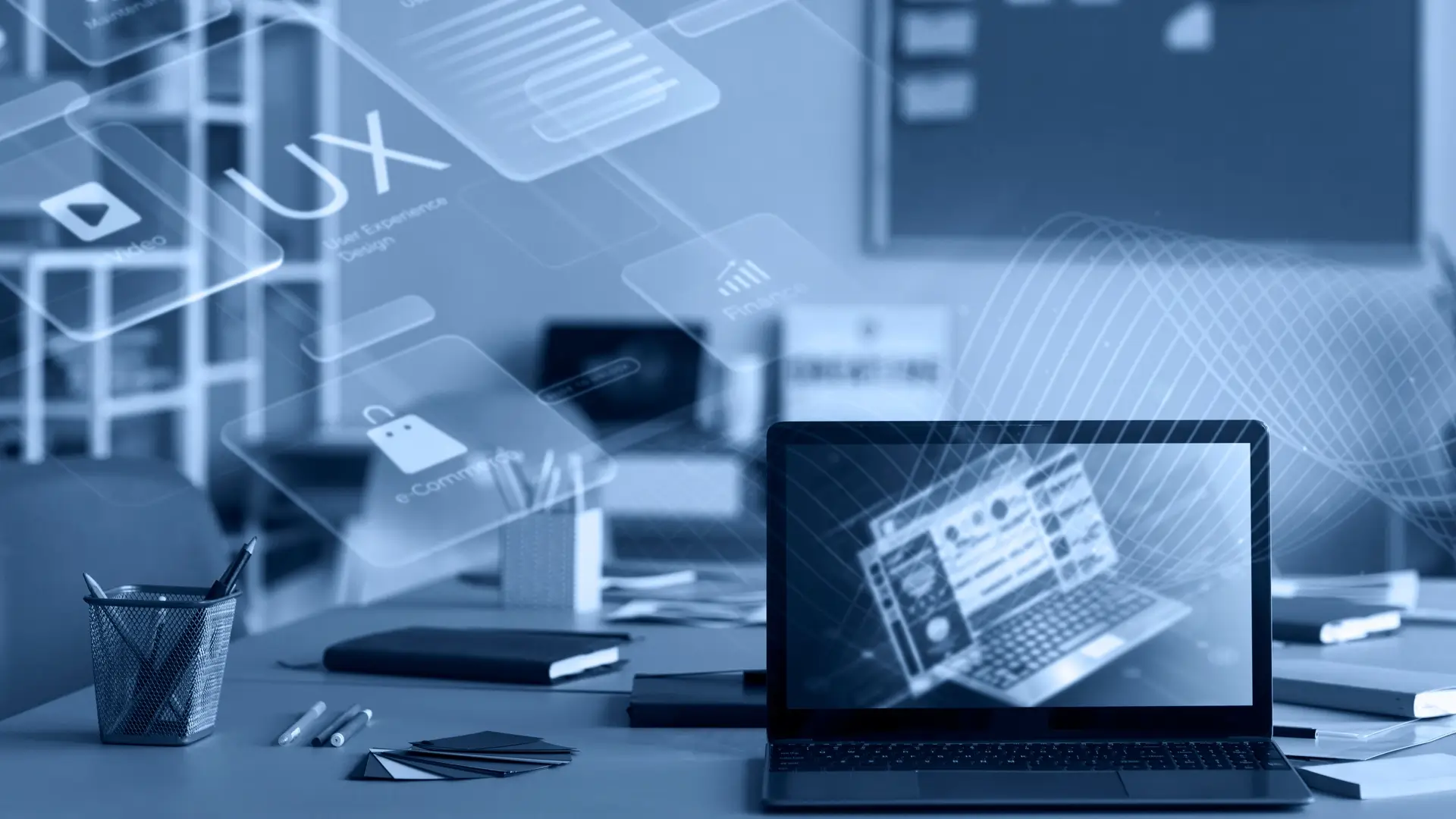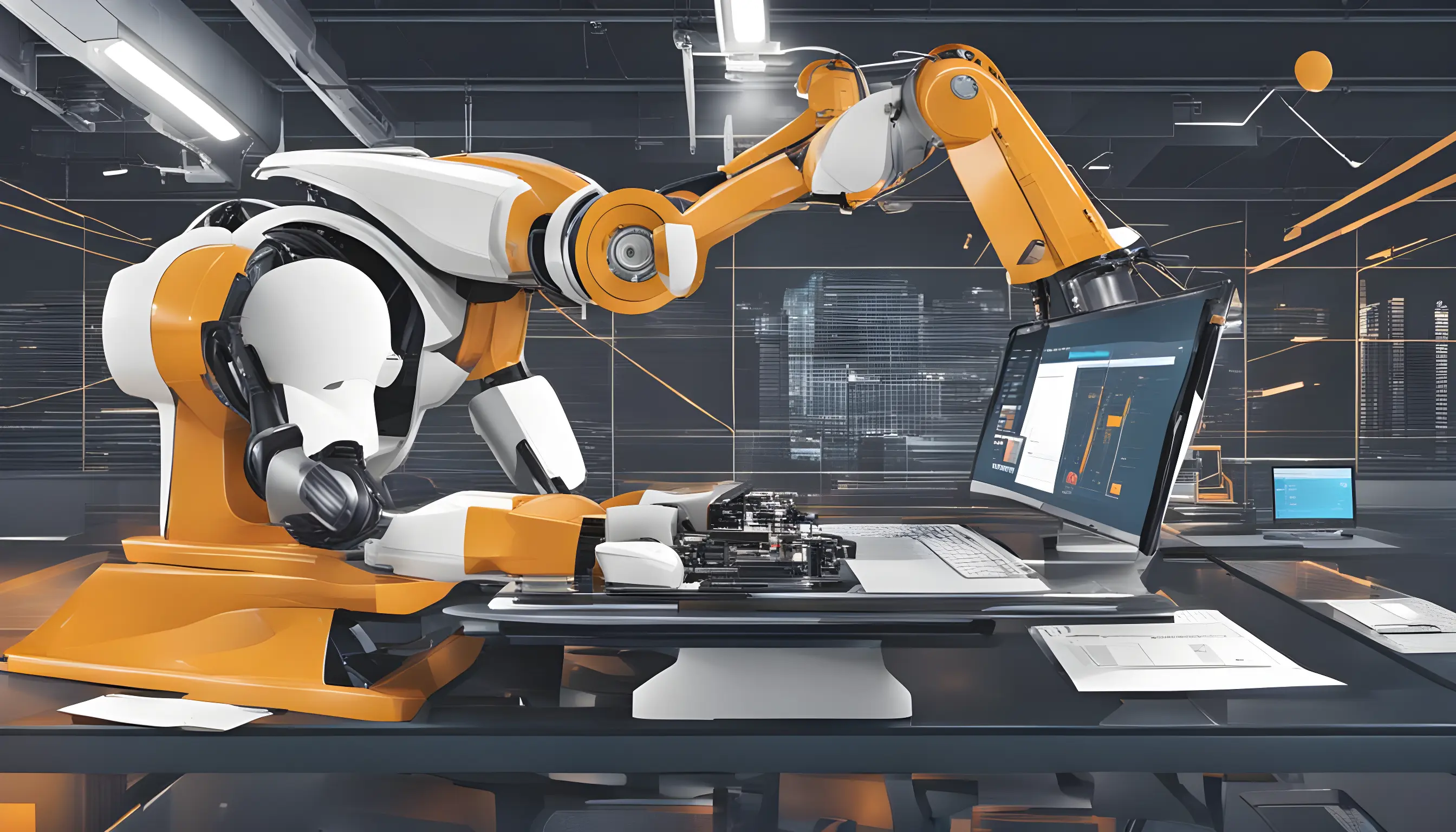
The Power of User-Centered Design in Product Engineering
29 Aug 2023, by Product Development Team
In the thrilling world of product engineering, there's a secret ingredient that transforms good ideas into game-changing solutions: user-centered design. Imagine this: instead of just focusing on technical specs and engineering prowess, we dive headfirst into understanding what users truly want and need. This approach doesn't just check boxes; it crafts products that weave seamlessly into people's lives.
So, what's the fuss about user-centered design? Let's break it down with some real-world examples that showcase its wizardry. Ever marveled at how the iPhone feels like an extension of yourself? That's user-centered design at its finest. Apple took the time to study how people interacted with technology, resulting in a device that's as intuitive as it is functional. And remember Airbnb's global takeover? It's not just about booking accommodations; it's about crafting memorable experiences, all thanks to a design approach rooted in understanding travelers' dreams and concerns.
But how does all this magic happen? It starts with a deep dive into user research. We're talking surveys, interviews, and observations galore. Take the electric car manufacturer Tesla, for instance. They didn't just slap a battery in a car and call it a day. They spoke to potential users, learned about their concerns (looking at you, range anxiety), and crafted a driving experience that addressed those worries head-on.
In practice, this means engineers and designers become mind-readers of sorts, predicting user needs before they even arise. Think about Google—the search engine giant. They didn't stop at delivering results; they anticipated that users would want more relevant and localized information. Enter Google's personalized search, tailored to you and your location.
Now, let's talk turkey—why does this matter? For one, it's about creating products that feel like old friends rather than intimidating gadgets. Imagine launching an app and instantly knowing where everything is—like Snapchat, where your favorite filters are just a swipe away. It's about trust and loyalty. Think of Spotify: it curates playlists that seem like they were handpicked for you, making you stick around for the musical journey.
But it's not all warm and fuzzy. User-centered design also means less trial and error. Companies like Microsoft have learned from the past, evolving their operating systems with each version to better suit users' habits and expectations.
So there you have it, the power of user-centered design. It's like designing a product with a compass that always points toward making lives better. From iPhones that feel like magic to cars that drive like they read your thoughts, it's about crafting products that are more than just gadgets—they're companions on life's journey.
Related Articles
Embarking on the thrilling journey of product development is like charting unknown territories with the promise of innovation as your compass. To guide you through this adventure, we present a comprehensive roadmap—the product development lifecycle...
Read MoreIn the dynamic realm of product engineering, where innovation is the heartbeat of success, Agile methodology stands as a transformational game-changer. By seamlessly blending flexibility, collaboration, and innovation, Agile not only enhances efficiency but also ...
Read MoreThe promise of generative AI to transform workflows is driving more organizations to explore its applications. However, embarking on an enterprise-wide AI implementation can seem daunting. The key is to start small by targeting some low-hanging fruit opportunities. Think of low-hanging fruit as the relatively simple...
Read More

